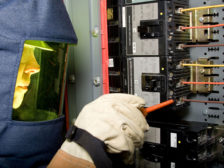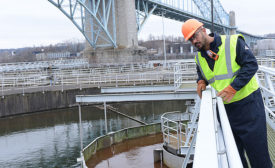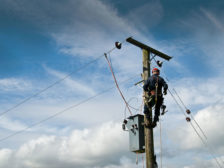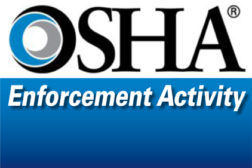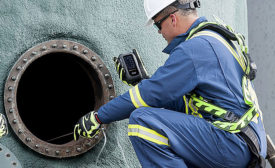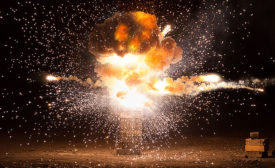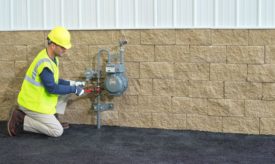Oil and Gas Industry Safety & Health
5 topics to cover during daily briefings for utility workers
Restoring power is risky business
April 29, 2021
Regular air quality tests of confined spaces identify new hazards
Enter at your own risk
March 22, 2021
Neutralizing the pain points in natural gas meter installations
Integrating natural gas safety breakaways in the system can eliminate catastrophic meter damage that can result in lost service and fires or explosions
March 16, 2021
Never miss the latest news and trends driving the safety industry
eNewsletter | Website | eMagazine
JOIN TODAYCopyright ©2024. All Rights Reserved BNP Media.
Design, CMS, Hosting & Web Development :: ePublishing
